Encyclopaedia of Indian Cinema
Synopsis
It is with pleasure that we present before you a revised and updated second edition of the Encyclopaedia of Indian Cinema. The book’s indices, filmographies and film entries have now been brought up to 1995. We present new entries on stars, directors and composers who have made their mark in the 1990s, and a vastly expanded section of film entries where we have especially covered mainstream productions from the 1970s-90s. These are films that are most likely to be in current circulation, on video, television or in your neighbourhood theatre. We have carried out many thousands of corrections on the first edition, some major, others mostly to do with spellings, dates-many film titles have now been re-dated in terms of their actual completion (rather than their dates of release) – and the identification of dubbed films and multilingual productions. We also include a new feature: an exhaustive index of names other than the ones featuring as independent entries. Although nowhere near the end, we believe in all this that we have taken a major step towards that elusive category ‘definitive’. When we handed over the first edition to the publishers in mid-1994, all those who had worked on the book were aware of the priorities of its time. Our focus was then on the history of Indian cinema, especially on its relatively less chronicled periods; the silent era, the early years of sound, the major directors, stars, writers and composers who were noted figures in their times but often forgotten by subsequent generations. Furthermore, we tried to present as far as possible within the pages of a single book the vast panorama of the six major language industries and the nine other languages in which films are commonly made, covering not only the well known titles but also the key film-making personnel of these regions. This often called for some kind of loose system of allocating space to all ‘language’ cinemas proportionate to their production scale. Finally, we addressed the major problems presented by the archives: how to use current concerns of theory to ‘read into’ surviving material in situations where the films themselves haven’t always survived and information is scanty, scattered and often contradictory.
Read more
Not available
BECOME A MEMBER

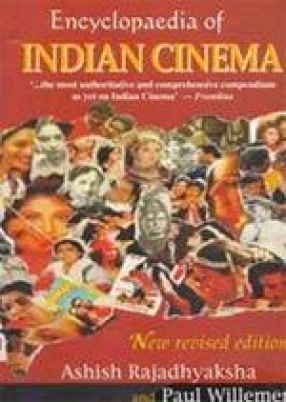
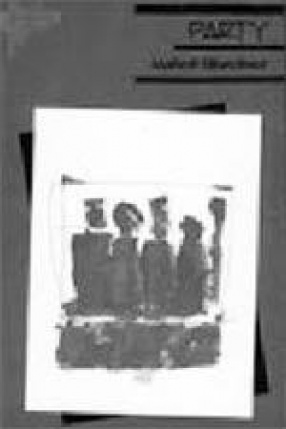
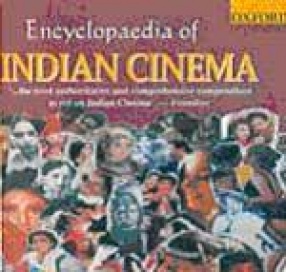
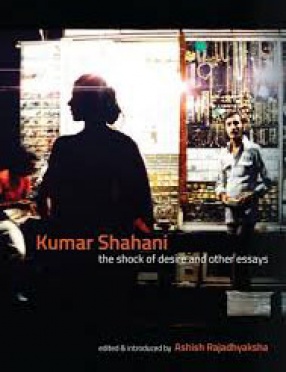
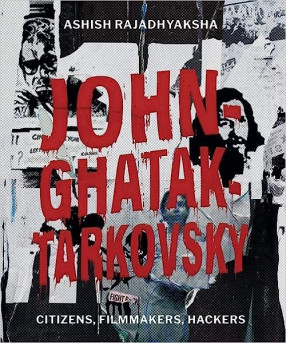
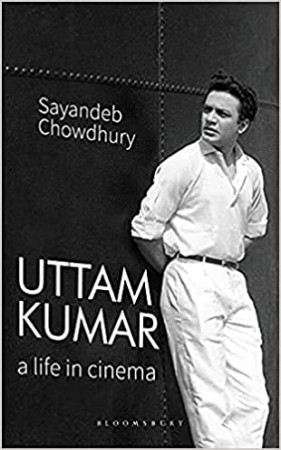
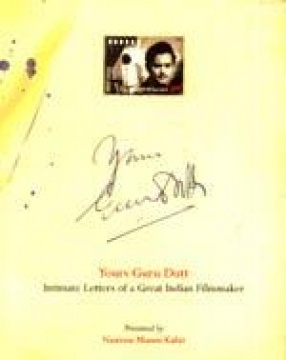
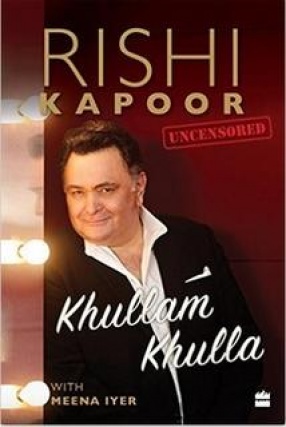
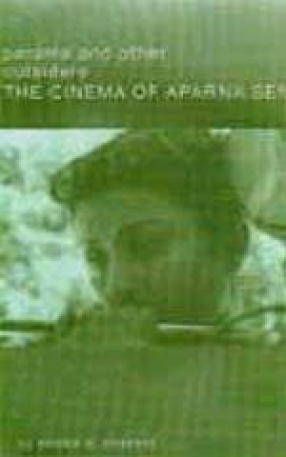

Bibliographic information